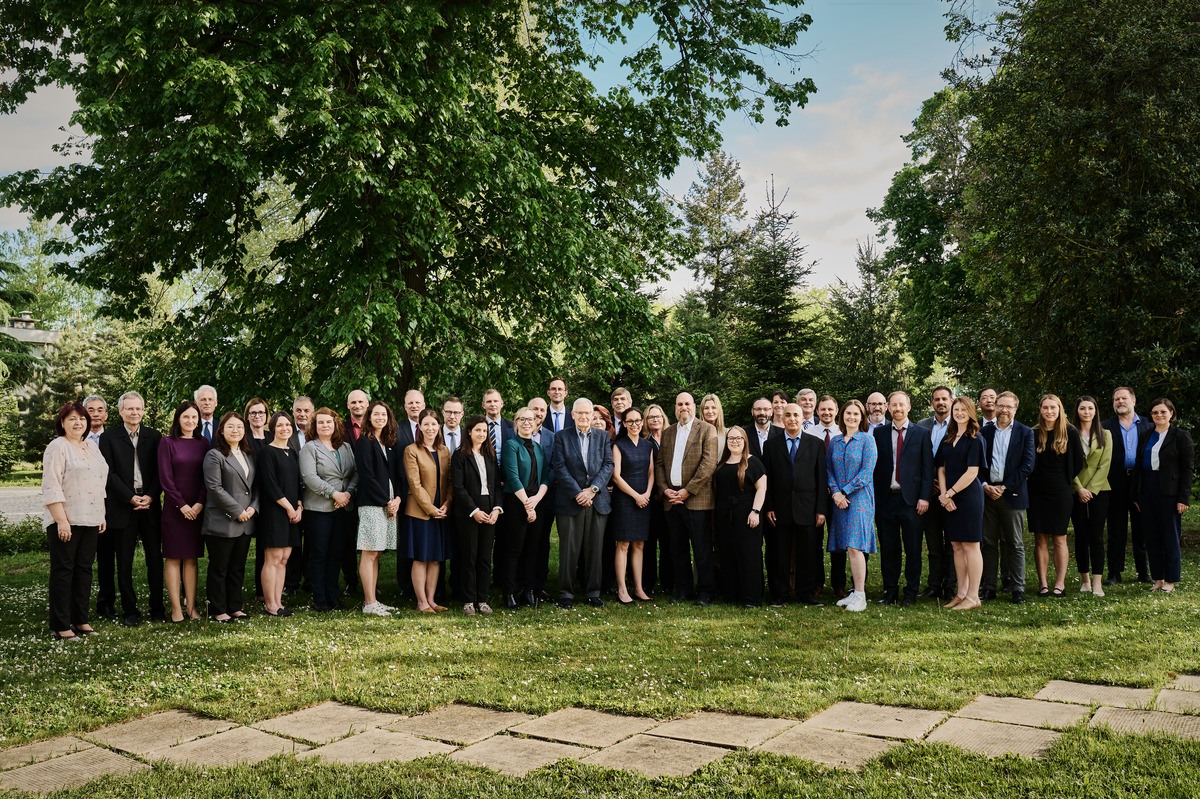Anita E. Friedt
Principal Deputy Assistant Secretary, Bureau of Arms Control, Verification and Compliance
Geneva, Switzerland
April 27, 2018
As Prepared:
Good afternoon and thank you for joining us today. Thank you to Sweden for co-hosting this side event on the International Partnership for Nuclear Disarmament Verification. I also want to thank Sweden for its graciousness in hosting the most recent IPNDV Joint Working Group Meeting just a few weeks ago in Stockholm. That meeting kicked-off of the Partnership’s second two-year phase, and highlighted the clear progress that the Partnership has made since we launched it three years ago.
As many of you are aware, the Partnership began as a collaboration between the U.S. Department of State and the Nuclear Threat Initiative to foster collaborative engagement between states with and without nuclear weapons on the technical challenges associated with verifying nuclear disarmament.
We have with us today a panel of experts who have participated in the IPNDV from its beginning in 2014. Today, my colleagues and I will take a look back at where we’ve been, and also look ahead to where we are going.
First, Andrew Newman, from the Nuclear Threat Initiative, will discuss the technical gaps currently existing in nuclear disarmament verification and why technical work to address these gaps is necessary in order to help create the conditions for future progress. Next, Jens Wirstam from the Swedish Defense Research Agency will describe the work that IPNDV has done in Phase I. Jens has co-chaired two different working groups focused on verification technologies in both Phase I and Phase II. Finally, David Chambers from the United Kingdom’s Foreign and Commonwealth Office will discuss the Program of Work for Phase II, which sets out the high-level objectives for the three new working groups established in this phase. David has also served as a working group co-chair in both phases. Currently his group is addressing the verification of nuclear weapons declarations. He will also discuss how the Partnership’s work relates to other multilateral processes addressing verification, such as the upcoming Nuclear Disarmament Verification GGE, the FMCT High-Level Preparatory Group, and the Quad Initiative.
I think you will be impressed at the depth of work that has been done in Phase I, as well as the ambitious Program of Work guiding Phase II. I’m sure the panelist’s remarks will spark a robust question and answer session following their presentations.
The work of the past three years has really highlighted the utility of collaboration between states with and without nuclear weapons, and demonstrated clearly that all states have something useful to contribute to this important subject.
Given the gaps in verification technology, the Partners were able to produce an excellent body of work during Phase I. That work was focused narrowly on potential procedures and technologies applicable to warhead dismantlement. In Phase II the working groups will build off of that work and expand their scope to the broader elements of the nuclear dismantlement process.
To conclude this discussion, I would like to offer some thoughts on why the United States, and I think all of the Partner states, see this work as important to helping lay the groundwork for future nuclear disarmament.
Despite the great work produced during Phase I, substantial technical challenges remain. However, we are hopeful that, thanks to the Partnership’s broad range of technical expertise, the IPNDV is uniquely suited to identifying solutions that will provide for credible means and methods of future verification. Now and in the future, verification will remain a key element of taking steps toward a world without nuclear weapons.
Over the three years of the Partnership’s existence, more than 30 countries have participated in IPNDV activities. This collaboration among states with and without nuclear weapons is leading to the development of technologies, capabilities, and experience that can provide a basis for that verification.
During the most recent meeting in Stockholm, the Partners welcomed representatives from Hungary, Nigeria, and Pakistan, which will participate in the upcoming Group of Governmental Experts (GGE) on Nuclear Disarmament Verification. The inclusion and contributions of these states, which were not already members of the Partnership, will only help to further advance the work of both the IPNDV and the Nuclear Disarmament Verification GGE.
Thank you all for attending this event today. I look forward to hearing your questions.





